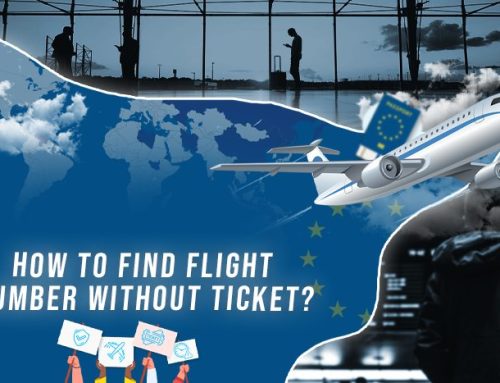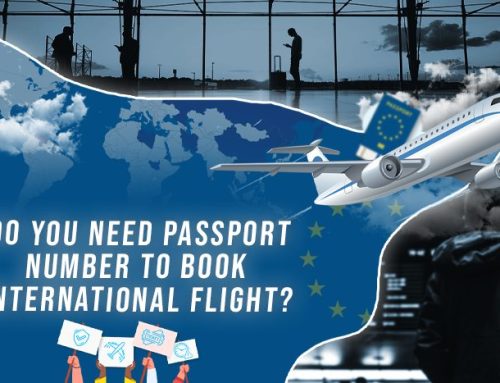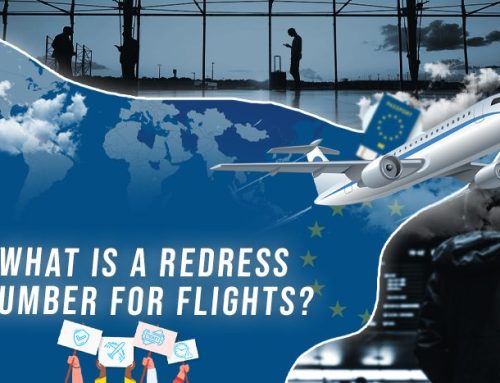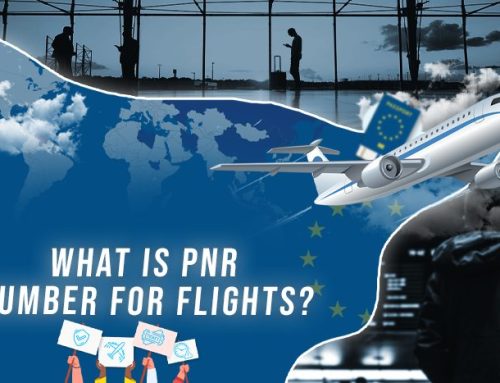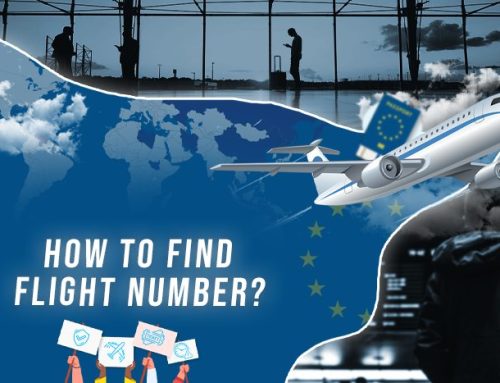When the Wright brothers made their first flight in December 1903, it completely changed the course of modern travel. No longer did people have to rely on horses, cars, trains, and boats. Now, they could finally take to the skies. It wouldn’t be for another 10 years that the first commercial passenger flight took place from St. Petersburg to Tampa, and it was another 30 for a U.S. president to take a plane.
Franklin D. Roosevelt was the first United States president to take a plane. He entered a Pan Am Boeing 314 flying boat, flying across the Atlantic Ocean to attend a covert meeting with Winston Churchill, who was the British Prime Minister. This historic moment opened a new way to transport the president for years to come, both for work and personal trips.
Key Takeaways
- The first flight by the Wright brothers in 1903 revolutionized modern travel by providing people with a new means of transportation—the airplane. This marked the beginning of a significant shift from traditional modes of travel, such as horses, cars, trains, and boats, to the skies.
- In January 1943, Franklin D. Roosevelt became the first U.S. president to fly on an airplane. Faced with the risks of World War II and the dangers posed by German U-boat operations in the Atlantic, he took a multi-leg flight across the ocean to attend a secret meeting with British Prime Minister Winston Churchill in Casablanca, Morocco.
- President Roosevelt’s frequent use of airplanes for travel led to the development of a specialized presidential aircraft fleet, which eventually became known as Air Force One. This designated aircraft is used to transport the U.S. president and has evolved over time to incorporate advanced security measures and technological advancements.
- To ensure the safety of the president during air travel, various security protocols are in place. Senior government officials often use separate planes and vehicles to reach the same destination, reducing the risk of the entire government being compromised in the event of an accident or attack.
- Air travel has become an integral part of modern governance and diplomacy. Today, most presidents and senior government officials use planes for travel due to its speed, efficiency, and safety, making it the preferred mode of transportation for both work-related and personal trips.
Why Was This Significant?
World War II was well underway at this point, so travel anywhere was a risky endeavor. Still, Roosevelt needed to attend the meeting, and it was too dangerous to travel by boat. This was because, at the time, there were German U-boat operations in the Atlantic Ocean. They needed to find a way to get the president to Africa, and the air was the next best way.
On January 11, 1943, President Roosevelt became the first U.S. president to fly on a plane. He didn’t take a short jaunt, either. Instead, President Roosevelt took a multi-leg flight across the ocean to meet Winston Churchill, stopping in several countries to re-fuel along the way. This included Trinidad; Belem, Brazil; Bathurst, Gambia; and Casablanca, Morocco. Following the meetings, he took the same route home, even celebrating his 61st birthday while in the air.
This would not be the last time President Roosevelt traveled on a plane, and it would quickly become the norm for presidential travel, so much so that there would be a special plane designed to accommodate it. This would come to be known as Air Force One, and it’s still in place today.
Air Force One
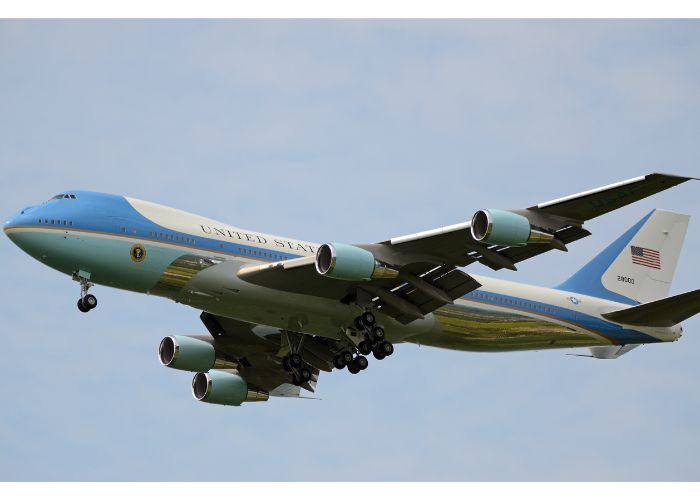
It’s important to remember that Air Force One is actually just the plane that is carrying the president. It doesn’t matter the make and model of it. If a president is on a plane, it is called Air Force One. Keep in mind that this is not broadcasted as it could be a safety concern, so there are security measures in place when a president is flying by air.
One of these measures is that senior government officials often use different planes and vehicles to get to destinations. This is so the government would not be crippled if it went down. Helicopter travel is also possible, and if the president is traveling by helicopter, that is called Marine One.
Conclusion
The first president to fly on an airplane was President Franklin D. Roosevelt in January 1943. He was flying to attend a meeting with Winston Churchill in Casablanca, Morocco. He flew through South America and around to avoid detection by enemy forces. Today, most presidents use planes to travel, as it’s the fastest and safest way to get to their final destination.
Frequently Asked Questions
-
How did the Wright brothers’ first flight in 1903 impact the course of modern travel?
The Wright brothers’ first flight in 1903 marked a significant turning point in modern travel. It introduced the airplane as a new mode of transportation, shifting people’s reliance from traditional methods like horses, cars, trains, and boats to air travel. This innovation paved the way for the aviation industry to develop and revolutionized the concept of travel, making long-distance journeys faster and more accessible.
-
Why did President Franklin D. Roosevelt choose to fly across the Atlantic Ocean to meet Winston Churchill during World War II, despite the risks involved?
President Roosevelt needed to attend a covert meeting with British Prime Minister Winston Churchill in Casablanca, Morocco, during World War II. As the war was ongoing, travel by boat was risky due to the presence of German U-boat operations in the Atlantic Ocean. Flying was considered a safer option, despite the challenges and risks involved in long-distance flights at that time.
-
What were the key stops in President Roosevelt’s historic flight to Casablanca, Morocco, and how did this journey shape the future of presidential travel?
President Roosevelt’s historic flight to Casablanca, Morocco, involved multiple stops for refueling and rest. The key stops on his multi-leg journey included Trinidad, Belem (Brazil), Bathurst (Gambia), and Casablanca (Morocco). This extensive flight showcased the feasibility of long-distance air travel for presidential purposes and demonstrated the potential for using airplanes in diplomatic missions and official travels.
-
How did President Roosevelt’s frequent use of airplanes lead to the establishment of Air Force One, and what are some of the distinctive features of this specialized presidential aircraft?
President Roosevelt’s frequent use of airplanes for official and personal travel during his presidency highlighted the need for a dedicated presidential aircraft. As a result, a specialized fleet of airplanes was developed and eventually became known as “Air Force One.” This aircraft is uniquely equipped to accommodate the president’s travel requirements, including advanced communication systems, secure technology, and defensive measures for the safety and continuity of government operations during air travel.
-
What are the security measures in place when the president travels by air, and how do they ensure the safety of the president and the continuity of the government in case of emergencies?
When the president travels by air, various security measures are implemented to ensure their safety and the continuity of the government. One key measure is that senior government officials often travel on separate planes and vehicles to the same destination, reducing the risk of a single accident or attack compromising the entire government. Additionally, Air Force One and other designated presidential aircraft are equipped with advanced security features and communication systems to protect the president during air travel. Specific protocols and emergency procedures are in place to handle any potential threats or emergencies that may arise during the journey.



